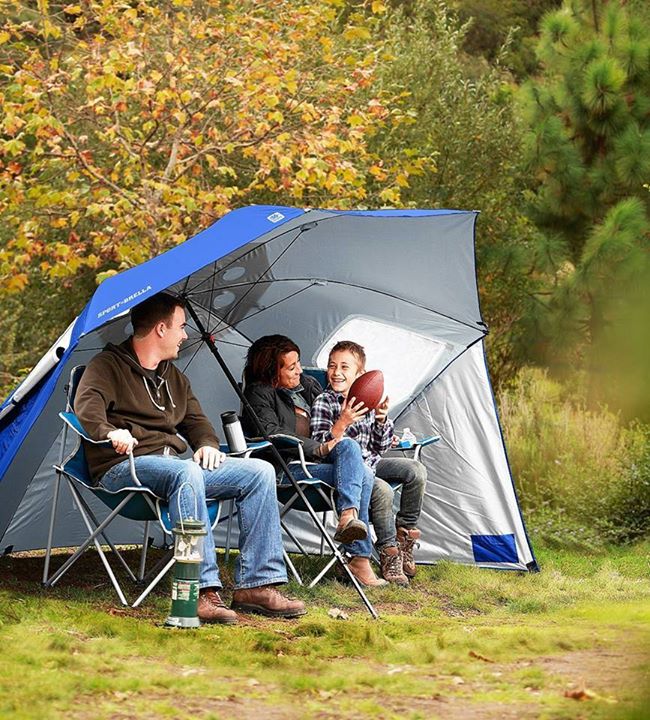

It reached its final stage in June 2010: A Villa Solar was settled in Madrid in the surroundings of the Manzanares River, between the Puente de Segovia and the Puente del Rey. The first edition of the Solar Decathlon Europe competition was launched in 2008. Improving the energy efficiency of our buildings, equipment’s, bulbs, etc., and developing ways to exploit renewable energies are, in short, ways of together creating a more sustainable world. Second, taking advantage of the social and media interest aroused by the competition to make society, from children and youngsters to the general public, more aware of the importance of using energy responsibly. When the Spanish Government, through the Ministry of Housing, asked the Technical University of Madrid to organize these two editions of the competition, they specified two main objectives:įirst, promoting innovation and knowledge so to improve the performance of systems, increase energy efficiency. It resulted in the Solar Decathlon Europe 2010 and Solar Decathlon Europe 2012. By virtue of this agreement, Spain would organize two editions of the competition in Madrid, where participant would come from mainly European universities. As a result of the active participation and commitment of the UPM, the Spanish Government and the American Government met at the CASA SOLAR and signed, in October 2007 (during the 2007 edition), a Memorandum of Understanding (MOU). The Technical University of Madrid, which is highly committed to sustainable development, participated in three different editions of the American competition: in 2005 with the MAGIC BOX house, in 2007 with the CASA SOLAR and in 2009 with the BLACK&WHITE house. Their houses were built and exhibited at the “Solar Village” of the National Mall, Washington D.C., where they were evaluated and competed within ten different categories (Decathlon). Teams were asked to design and build self-sufficient, solar-powered houses equipped with technologies enabling maximum energy efficiency. Department of Energy that first gathered teams from mainly American universities. Neither the United States, nor the Department of Energy, nor the Alliance for Sustainable Energy LLC, nor any of their contractors, subcontractors, or their employees make any warranty, express or implied, or assume any legal liability or responsibility for the accuracy, completeness, or usefulness for any purpose of any technical resources or data attached or otherwise presented here as reference material.The Solar Decathlon is a competition organized by the U.S. Ideally, the team hopes organizations such as AmeriCorps, the American Red Cross, and FEMA embrace and incorporate the design into disaster response command centers or the mass production of disaster relief housing. ShelteR 3 serves as a demonstration home, exemplifying sustainable living and embodying disaster resilience in a new green neighborhood. Joplin, Missouri, was an inspiration for the Crowder/Drury team, and the team hopes ShelteR 3 is able to serve the city directly. Configurable as either easily deployable disaster-relief housing or an expanded, permanent, tornado-resistant home, ShelteR 3 can serve three markets: disaster response, relief, and pre-disaster resistance. ShelteR 3 is designed for a family of two adults and a child living in a tornado-prone area. A 14-kW solar energy system uses an array of 36 photovoltaic panels.The 5/8-inch wall and floor sheathing creates a weather-tight water barrier that is glued and screwed to wood studs at every 3 inches.A steel chassis connected by 1/2-inch vertical rods 4 feet on center anchor the roof securely to the foundation to aid in wind resistance.A frame of 2-by-6 wood studs spaced at 12 inches on center instead of standard 2-by-4 studs spaced at 16 inches makes the house stronger than traditional houses of similar materials.An outer set of shielding doors close down in high winds to protect the living area.

SOLAR DECATHLON SHELTER 3 WINDOWS
The frames and glass of the doors and windows are hurricane-rated.A multi-layered wall assembly of sheathing, polycarbonate and fiber cement cladding, and an enveloping impact-resistant fence makes the house formidably strong and intelligently elegant.ShelteR 3 can withstand substantial impacts and wind loads, allowing it to resist tornadic storms.


 0 kommentar(er)
0 kommentar(er)
